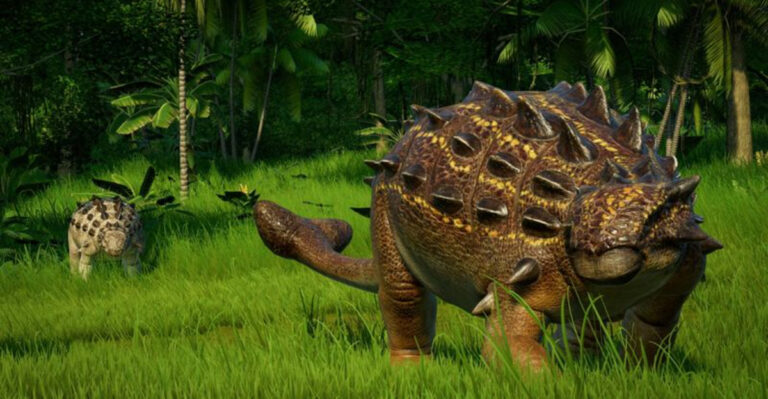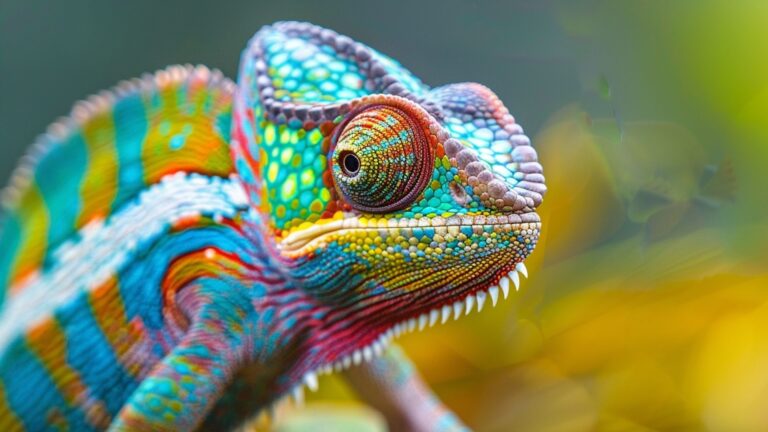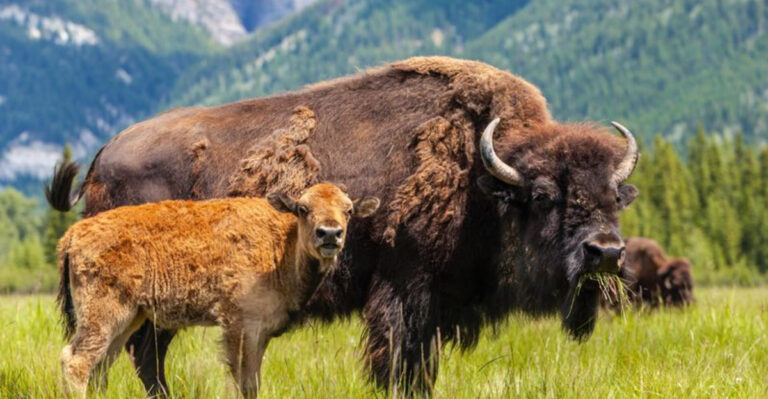Stunning Types Of Green Birds
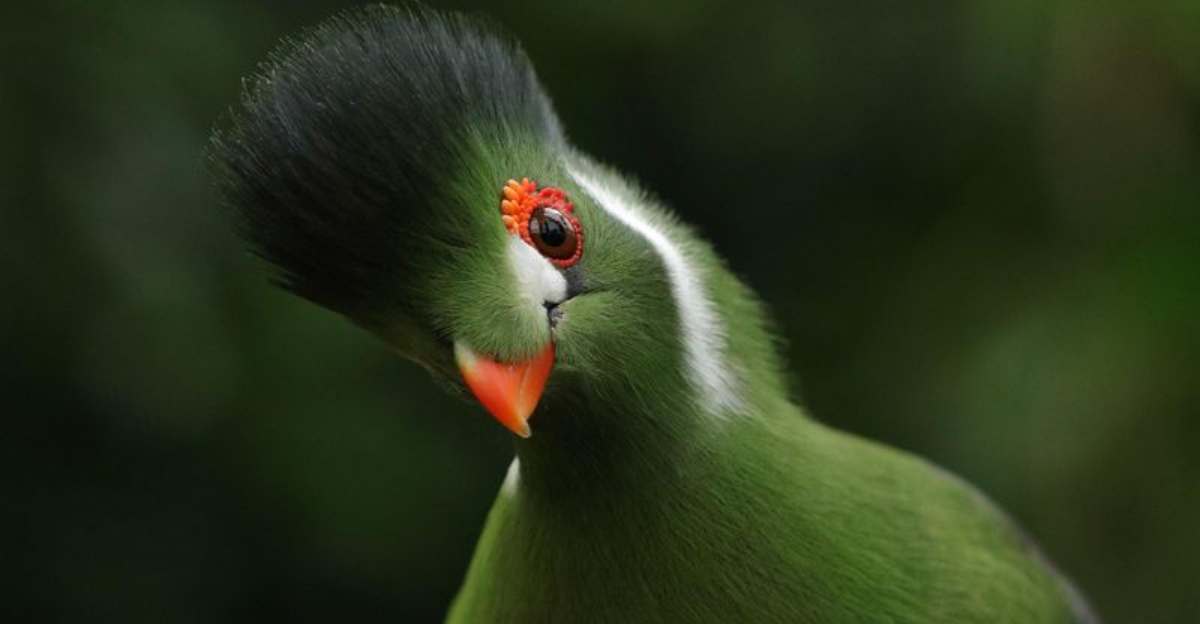
Green birds are some of nature’s most dazzling jewels, with their emerald feathers helping them blend perfectly into leafy forests around the world.
From tiny hummingbirds to majestic parrots, these verdant creatures showcase incredible variety in size, habitat, and behavior. Let’s explore some of the most fascinating green-feathered friends that brighten our skies and gardens with their vibrant plumage.
1. Resplendent Quetzal
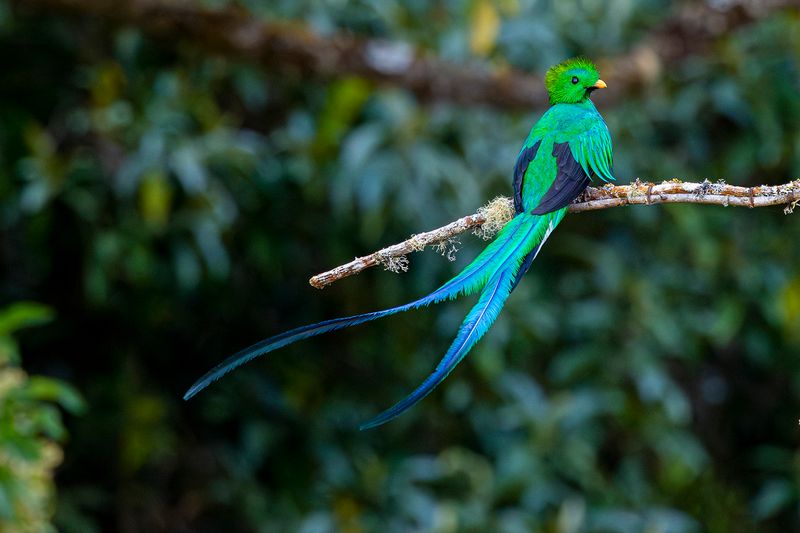
Hidden in Central American cloud forests lives a bird so beautiful that ancient Mayans considered it divine. The male flaunts an incredible tail that can grow up to three feet long!
Farmers aren’t allowed to harm these emerald treasures, as they’re protected by law in most countries. Despite their spectacular appearance, quetzals are surprisingly shy and difficult to spot in the wild.
2. Green Jay

Sporting a punk-rock crest and electric lime feathers, these noisy troublemakers rule the woodlands from Texas to Honduras. Their bold personalities match their flashy appearance as they fearlessly defend territory and food sources.
Smart enough to recognize human faces, green jays have been observed using tools and working in teams to find food. Country folk often call them “forest clowns” for their playful antics and mischievous behavior.
3. Budgerigar

Affectionately called budgies, these pint-sized parakeets naturally wear lime-green feathers in the wild Australian outback. Flocks numbering thousands create living, moving clouds across the desert landscape.
As pets, they’ve been bred in rainbow colors, but wild budgies remain predominantly green. Their remarkable ability to mimic human speech has earned them a special place in homes worldwide, despite being smaller than a banana!
4. Rose-ringed Parakeet
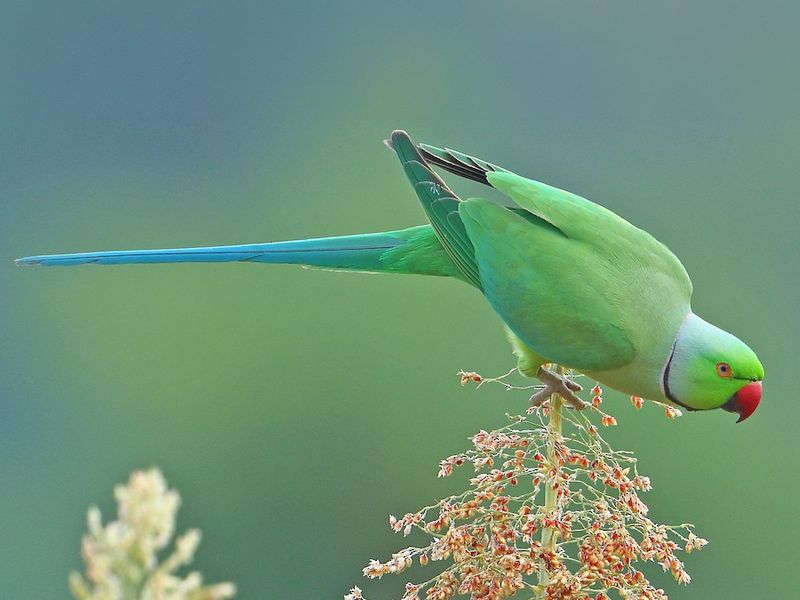
Loud, chatty, and surprisingly hardy, these bright green invaders have established colonies in over 35 countries outside their native range. Males sport a distinctive pink necklace that gives them their romantic name.
London parks now host thousands of these tropical escapees who’ve adapted to chilly British weather. Ancient Romans kept them as pets, with wealthy nobles paying fortunes for birds that could recite their owner’s name.
5. White-cheeked Turaco
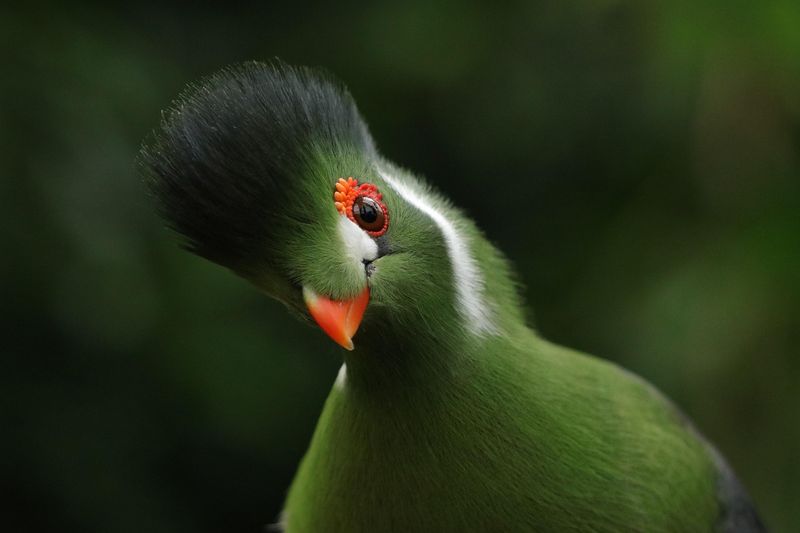
Looking like something from a fantasy movie, these African forest dwellers sport mohawk crests and velvet-green plumage. Their crimson wing feathers flash brilliantly during flight, then disappear when they land.
Unlike most birds, turacos have truly green pigment called turacoverdin – not structural color. Ancient Egyptians considered them sacred and featured them in tomb paintings as symbols of prosperity and eternal abundance.
6. Eclectus Parrot
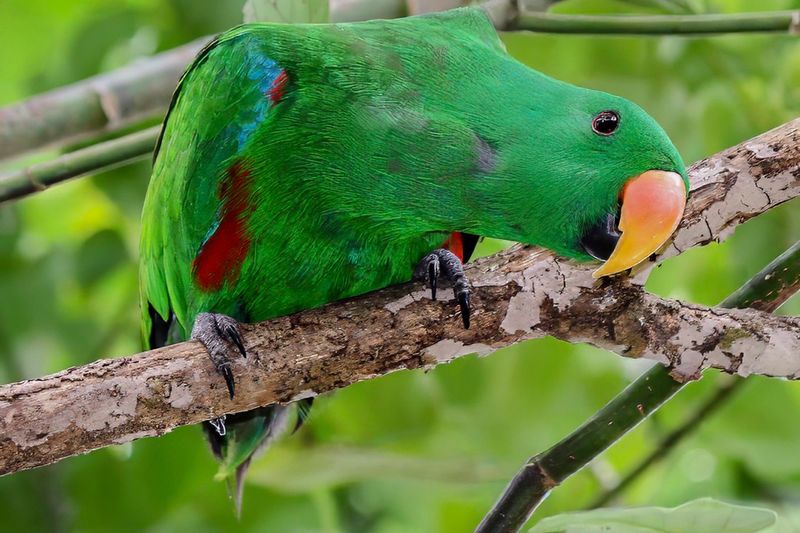
Nature pulled a magnificent prank with these rainforest dwellers – males shine like emeralds while females blaze in scarlet red! For decades, scientists thought they were different species until they found them nesting together.
Females rule in Eclectus society, controlling multiple nest cavities and sometimes multiple males. Their digestive systems evolved specifically for processing fruit, giving them unusually long intestines compared to other parrots.
7. Superb Bird-of-Paradise

Famous for its bizarre courtship dance, this New Guinea native transforms into a smiling black oval with an electric green boomerang across its chest. BBC wildlife documentaries made this little showman an internet sensation.
Males spend hours clearing their display grounds of every leaf and twig. The forest floor must be spotless for their performance, which they’ll practice thousands of times before females arrive for the breeding season.
8. Green Honeycreeper

Zipping through tropical canopies like living emeralds, these tiny jewels sport curved beaks perfect for sipping nectar and nabbing insects. Their turquoise-green bodies contrast dramatically with black masks and yellow legs.
Coffee farmers welcome these birds as natural pest controllers that hunt harmful insects. Ancient Caribbean folklore claims that seeing one brings unexpected good fortune, especially for travelers far from home.
9. Green-headed Tanager
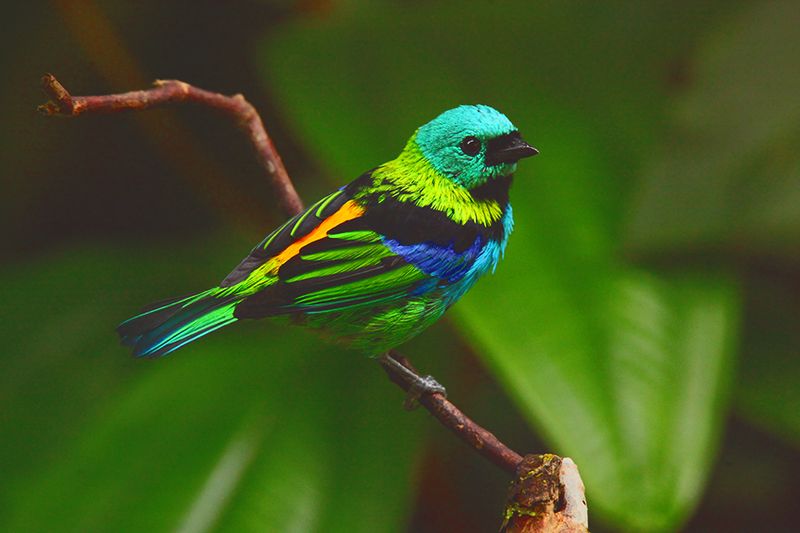
Carnival seems to have inspired this Brazilian beauty’s outfit – turquoise head, emerald wings, and patches of azure, yellow and black create a dazzling mosaic. Morning sunlight transforms them into living stained glass.
Fruit farmers sometimes consider them pests for their love of berries. However, these colorful characters actually help spread seeds throughout the Atlantic rainforest, making them crucial for forest regeneration after human disturbance.
10. Green Magpie
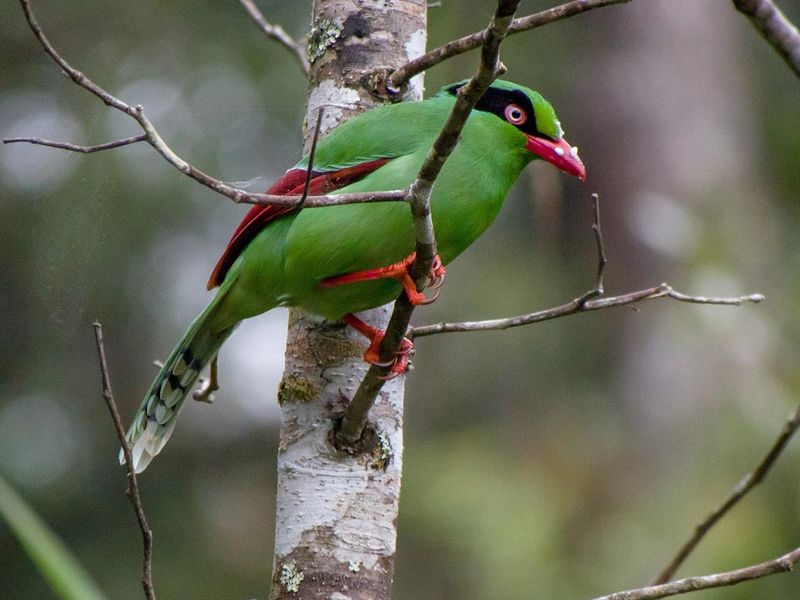
Grass-green from beak to tail with a splash of crimson around the eyes, these Asian forest detectives hunt like miniature velociraptors. Their intelligence rivals crows, allowing them to solve complex puzzles for food rewards.
Captive birds gradually lose their vibrant color, turning blue or turquoise without special dietary supplements. Local legends warn that keeping their feathers brings bad luck, as these birds are believed to be forest guardians.
11. Maroon-bellied Parakeet
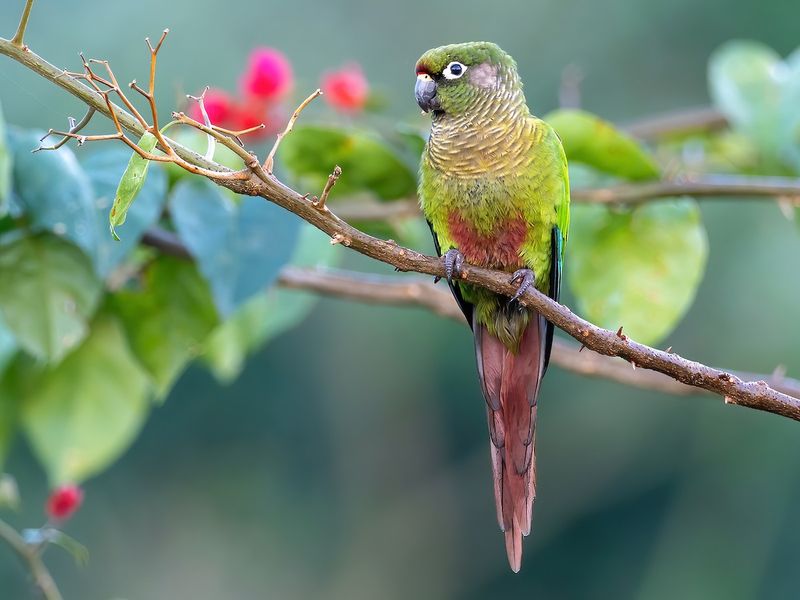
Sporting a stylish combo of emerald wings and maroon belly, these South American chatterboxes live in noisy family groups that announce their presence from treetops. Their distinctive calls sound remarkably like laughter echoing through the forest.
Unlike many parrots, they rarely mimic human speech but excel at learning to recognize different people. Farmers appreciate them for controlling invasive plant species by consuming their seeds before they can spread.
12. Green Woodhoopoe

Cackling like mischievous forest spirits, these metallic green birds with crimson beaks work together in family teams throughout African woodlands. Their bizarre laughing calls earned them the nickname “woodland jesters” among local tribes.
Family members take turns babysitting while others hunt for food. When threatened, they release a foul-smelling liquid that predators hate – earning them another nickname: “stinkbirds.” Despite the smell, their iridescent feathers were once prized for ceremonial clothing.
13. Green Broadbill
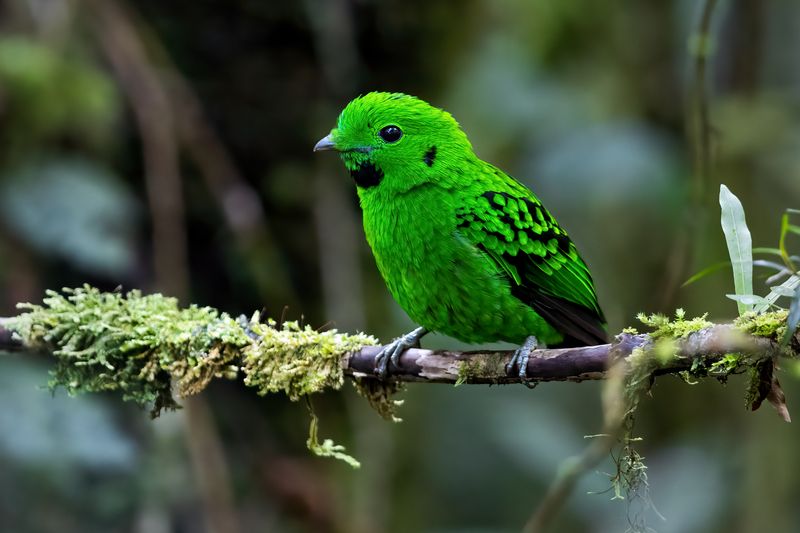
With a face that only a mother could love, these chunky green birds sport comically oversized beaks and tiny blue patches above their eyes. Southeast Asian rainforests echo with their robot-like electronic calls.
Masters of camouflage, they build hanging nests that resemble clumps of debris caught in vines. Local indigenous communities consider spotting one a sign of coming rain, as they become more vocal before storms approach.
14. Japanese White-eye
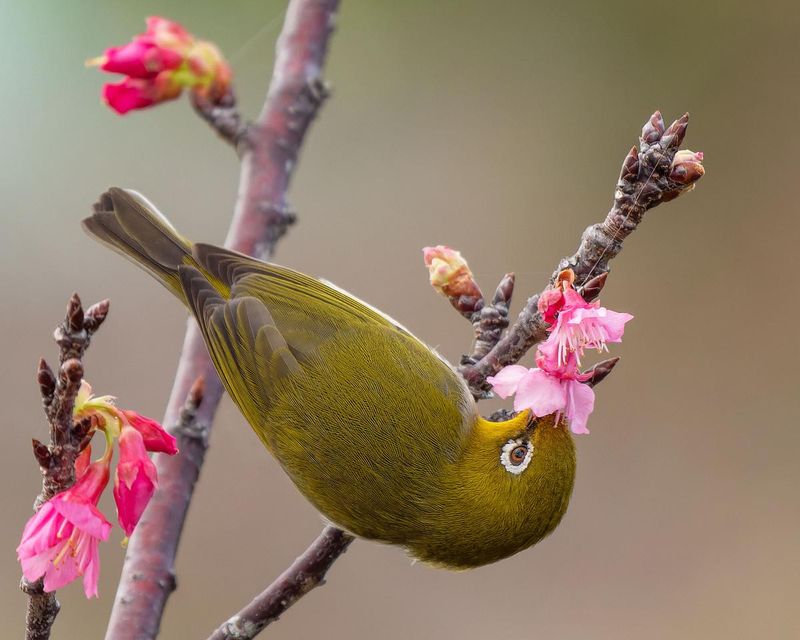
Adorable olive-green puffballs with distinctive white eye-rings that make them look perpetually surprised. These tiny acrobats hang upside-down from branches while hunting insects and sipping nectar.
Beloved in Japan as harbingers of spring, their arrival coincides with cherry blossoms. Hawaiian ecosystems suffered when these birds were introduced, as they spread invasive plant seeds throughout the islands while ignoring native species.


